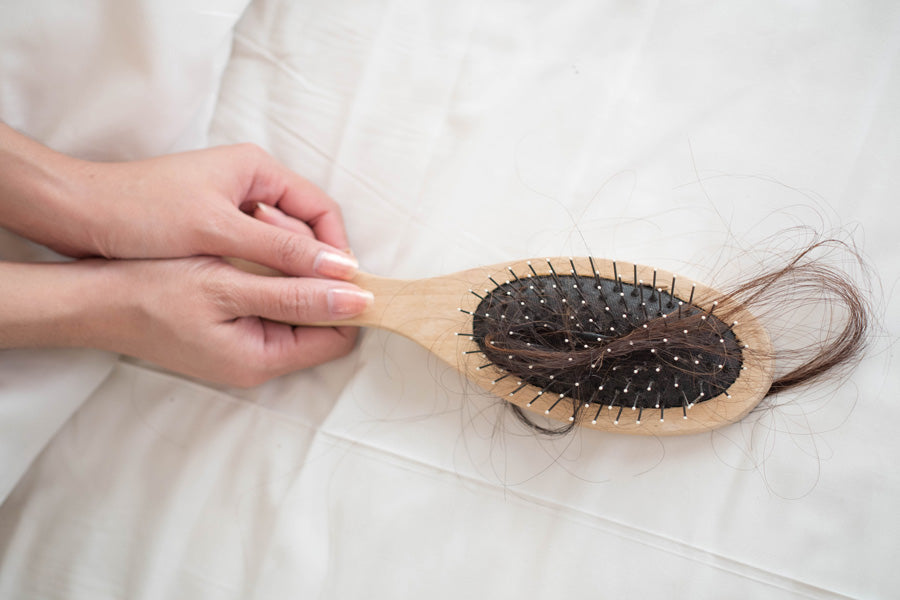Androgenetic alopecia (AGA) is the most common form of hair loss, affecting both men and women. It is influenced by a combination of genetic and non-genetic factors. While considerable research has focused on genetic factors, the relationship between AGA and non-genetic factors, such as lifestyle and environmental influences, remains an area of interest.
In particular, the association between exercise and AGA has received limited attention. This study aims to explore the potential link between exercise habits and AGA through a comprehensive survey-based investigation.
Methods: The study obtained ethical approval from the institutional review board and involved 1,182 individuals who visited the occupational medical clinic of Wonju Severance Christian Hospital for regular medical check-ups between October 2012 and March 2015.
To minimize confounding factors, individuals with underlying diseases were excluded from the study, resulting in a cohort of 1,182 healthy participants. A questionnaire was administered to gather data on exercise habits, including current exercise status, frequency, and intensity.
AGA diagnosis was based on physical examinations conducted by dermatology specialists, and the participants were categorized using the basic and specific (BASP) classification system.
Results: Among the participants, 534 individuals (45.2%) were diagnosed with AGA. The analysis revealed that the AGA group engaged in a significantly higher amount of total exercise compared to the normal group (p=0.008). Further analysis within exercise intensity groups showed no significant difference between AGA and normal groups in the moderate-to-high intensity category.
However, in the low-intensity exercise group, the AGA group exhibited a significantly larger total amount of exercise compared to the normal group (p<0.001). Additionally, within the no AGA family history group, a higher frequency of low-intensity exercise was observed in the AGA group compared to the normal group (p=0.018).
Discussion: The findings suggest an association between exercise habits, particularly low-intensity exercise, and AGA. Possible mechanisms contributing to this association include transient hormonal changes during exercise and oxidative stress. Although exercise-induced transient increases in testosterone levels have been reported, the long-term effects of exercise on hormone levels remain uncertain.
Oxidative stress generated during exercise may also play a role, as it affects the entry of dihydrotestosterone into dermal papillary cells and increases the concentration and activity of 5α-reductase. Notably, the association between exercise and hair loss was more prominent in the low-intensity exercise group, suggesting that the protective effects of regular moderate-to-high intensity exercise against oxidative stress may counteract the potential negative impact on AGA.
Conclusion: This large-scale survey-based study provides compelling evidence of an association between exercise habits and AGA. The results suggest that individuals with AGA engage in a higher amount of total exercise, particularly in the low-intensity category. While the study does not establish causality between exercise and AGA, it supports the hypothesis that exercise, oxidative stress, and hormonal changes may influence the occurrence of AGA.
Further research is necessary to explore the underlying mechanisms and elucidate the interplay between exercise, genetics, and other environmental factors in AGA development. Understanding the relationship between exercise and AGA will contribute to a comprehensive approach to hair loss management and provide insights for potential preventive strategies.









